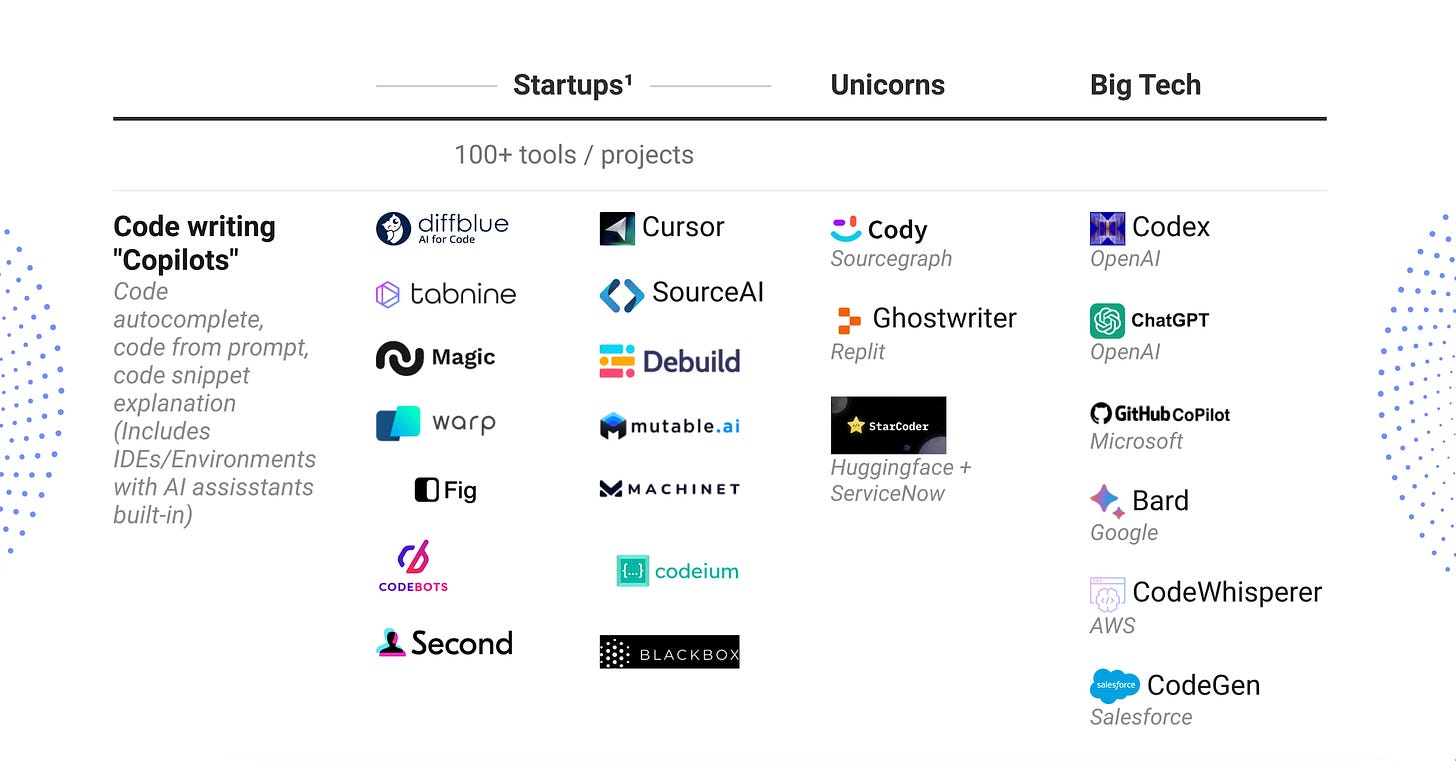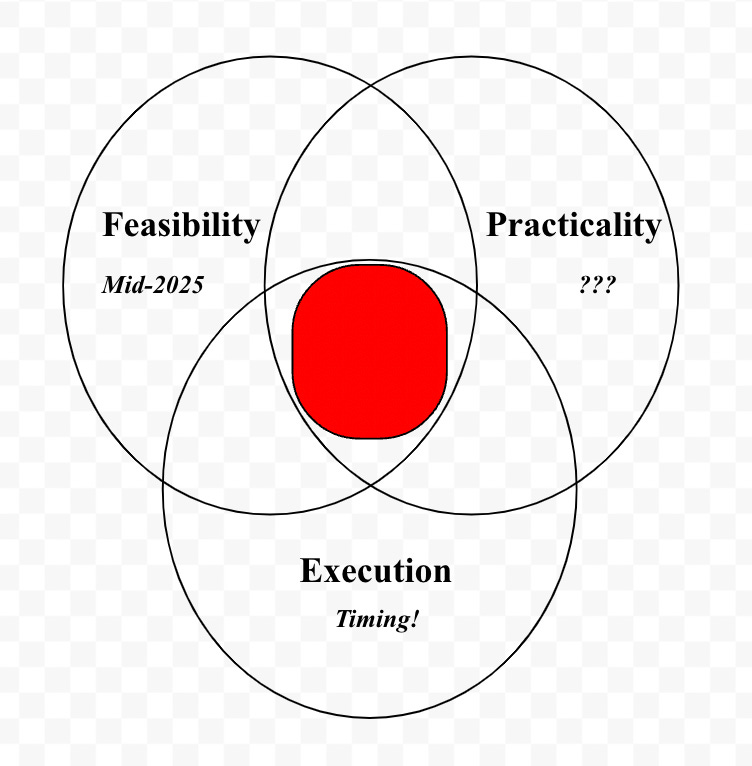I was encouraged to put pen-to-paper on this hypothetical, predictive piece after a fruitful discussion held in the heart of Rome, Italy. Looking out at the two looming arches of the Roman Atrium, I couldn’t believe that they were built over 700 years apart and employed tens of thousands of laborers. A feat that was once celebrated as the pinnacle of innovation in 800 B.C. seems minuscule compared to the rate at which innovation moves in present society. We as a human race have finally reached upwards hockey-stick growth when it comes to technological progression.
Early 2024 has sparked a surplus of new channels towards innovation. At a time where autonomous agents become more advanced, self-trained models improve in accuracy, and the no code revolution is at large - it seems easier than ever to automate workflows using Artificial Intelligence. It’s become clear that industries who don’t adopt models to replace tedious cycles (sales, recruiting, etc) will fall behind. As cross-industry baseline teams continue to get replaced… you have to wonder, at this rate… when will the process of building a company become automated?
When will the first 1-person unicorn be built?
Feasibility:
When will autonomous agents reach the levels of full company automation?
The core idea of feasibility isn’t as pressing as people think. Different industries share different needs. Although it may take decades to remove human interference in deep-tech, bio-tech, and aeronautics; sectors such as B2B SAAS, enterprise, or anything consumer facing often operate on distributional moats rather than technical differentiation. The shaky claim that code development is easier than ever will only be strengthened in the coming months. Basic no-code software will continue to improve exponentially, and tools like Cursor AI are readily available. Marketing materials, ad-running optimization, and outbound requests already have unique products making it happen. Similarly, the market has seen a vast demand for automated sales pipelines for Series-A + companies. It’s only a matter of time before A) all basic processes are automated and B) a killer aggregates automation tools into a long-term suite that becomes readily accessible. I anticipate that the plausibility of all baseline tools being accessible is of high probability by end of year. Leaving buffer for agents being as powerful as 3X developers grants time until mid-2025. In such ‘basic’ technological industries, once autonomous agents become efficient enough to automate all initial workflows and save significant time/capital, there becomes no reason why they shouldn’t be utilized in certain industries.
Practicality:
Even if it’s possible, why would you do it?
Yes, even if you can fully delegate your sales teams, CRM processes, and inbound/outbound - running a company solely is a nightmare. Why not expand your (human) team regardless? The top argument for adding team members centers around rapid speed of movement. Product shipment and industry capture need to happen in under ~3 months, otherwise there is no defensibility moving forward. A clear example is Jasper AI entering the enterprise market and scaling by 3100% between August and December of 2022. When seeking niche industry capture, one must have the urgent ability to capture immediate upside - in either a $1B+ market, or a smaller niche with ability to scale. Therefore, it’s unlikely that a solo founder will break the unicorn threshold at its current rate, unless they truly have an unfair advantage relating to specific market capture.
Execution:
When does this realistically happen?
Tying in feasibility and practicality - there are few scenarios in which an individual builds a unicorn at current market state (although it is logically doable). Instead, finding the right gaps in the market and being able to ship with a distributional moat only occur when the industry is begging for consumer facing applications to be built out. Currently, AI infra is simply not yet in place, with giants (Open AI, Microsoft, Nvidia) directionally unstable. Whether AGI actually becomes a reality, or a smaller platform, to be built upon, comes to light - this is the largest bottleneck relating to our question.
A great example of such opportunity was evident through the Crypto cycle of 2021/23. A multitude of coin projects were able to surpass $1B+ market cap, small-teams were able to build out heavy revenue stream applications, and people who were able to ship first became clear financial winners. Another fantastic example is Apple’s developer friendly shipment of the app-store in 2011. Allowing people to build an infinite number of new ideas encourages ‘first-to-market’ success and becomes a competition of who can achieve initial product-market-fit quickest.
Considering the feasibility, practicality, and execution of a one-employee unicorn, highlights that the real question isn’t asking when will it be possible for autonomous agents to create product, or why someone would work on it solo. Rather, it shifts to: When will the next critical infrastructure layer (that begs for applications to be layered on top) be built? Considering tailwinds associated to specialized autonomous agents and the state of current AI infrastructure, I predict that a one-employee company will first surpass a $1B valuation cap by March 2027.







Seems like efficient distribution would be paramount to a one-employee company acquiring significant market share.